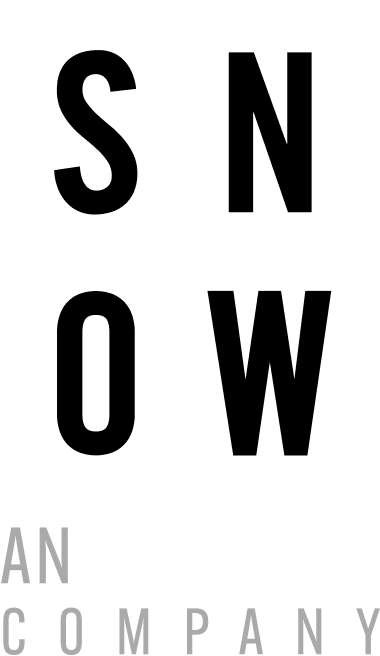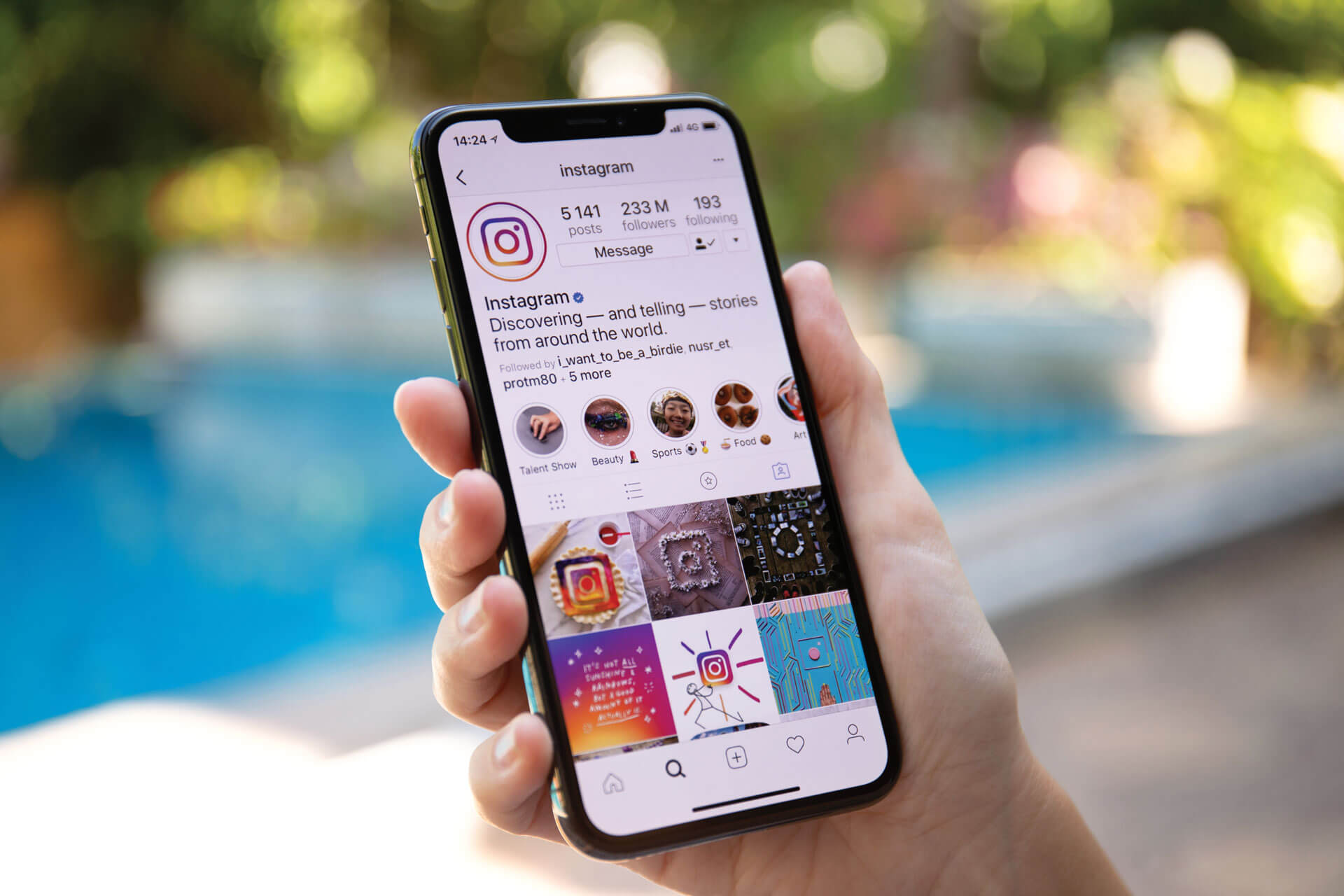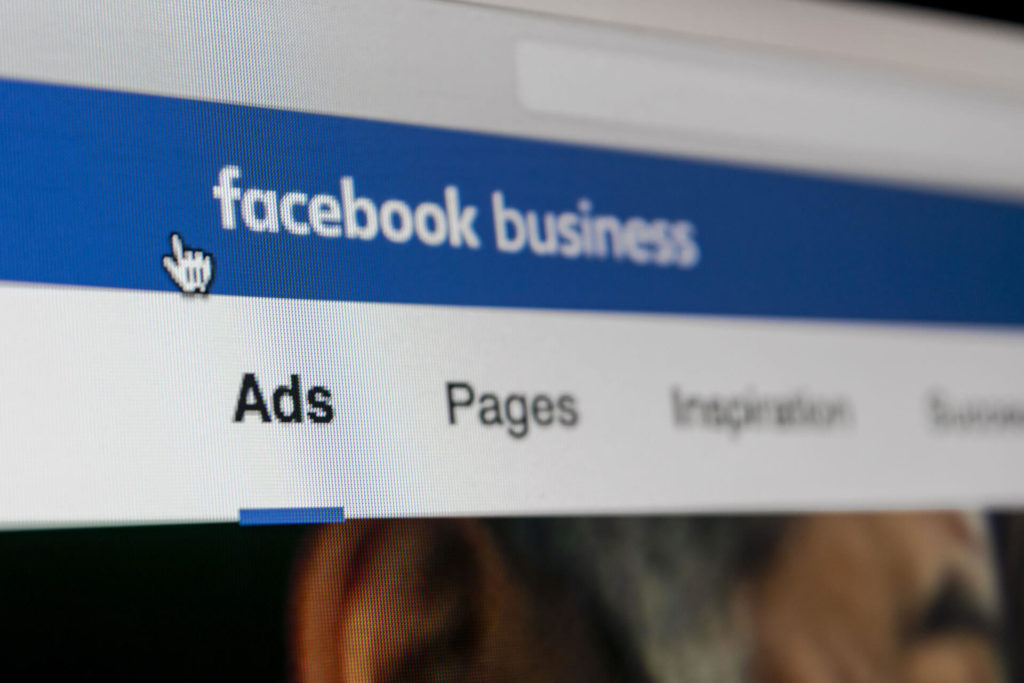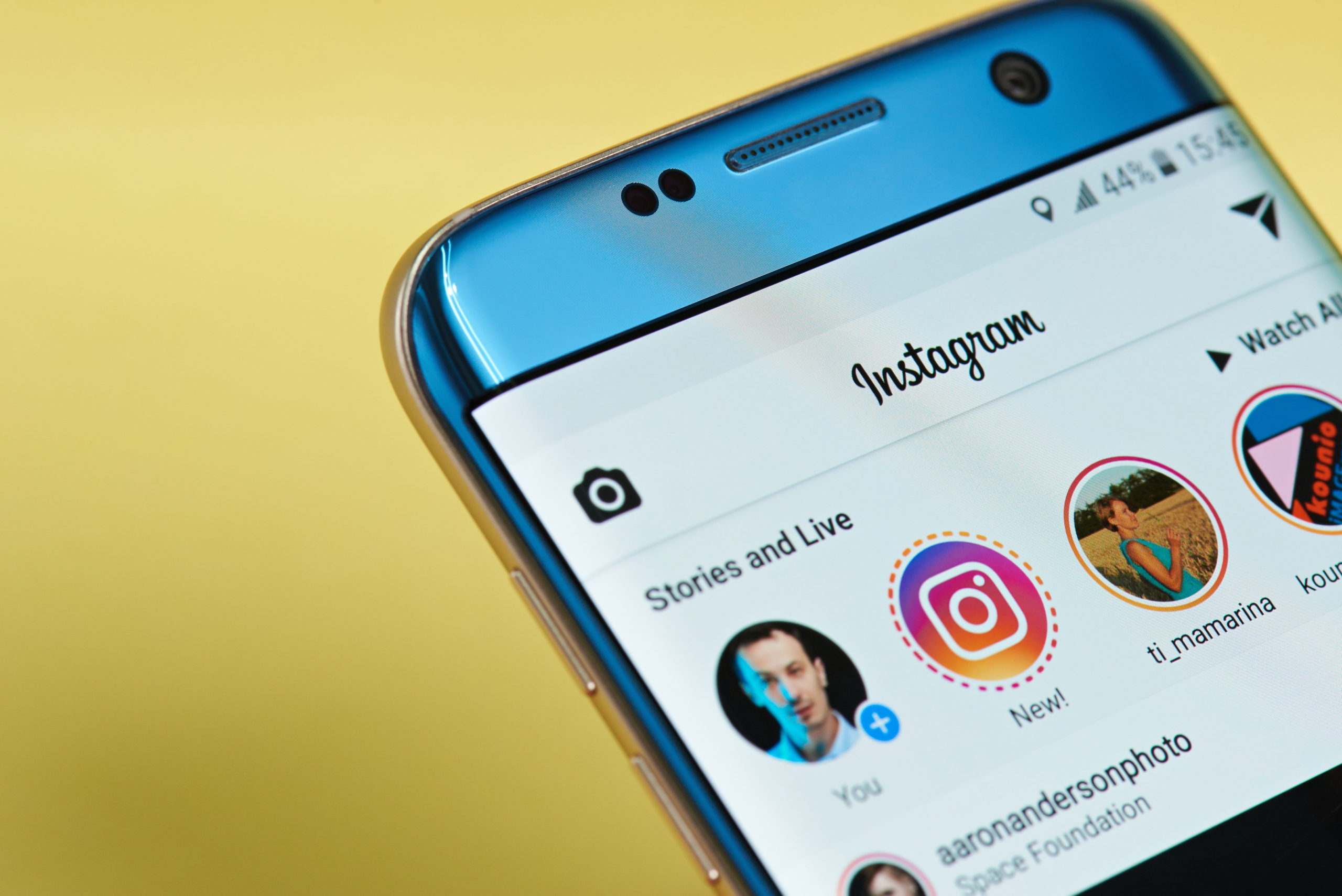Trying to figure out the world of Instagram advertising on your own can seem like an impossible task. With tons of Millennials and Gen Z users in addition to a variety of influencers with wide or niche audiences, Instagram offers many opportunities for brands to connect with their customers.
But how can you effectively reach these demographics if you don’t know what you’re doing? An Instagram ad agency can help you target the right people with the right content to grow your brand into the future.
Why Advertise on Instagram?
Instagram is a huge social media platform that’s only gaining popularity. According to Statista, this platform boasts more than 1 billion monthly users with more than 140 million users within the U.S. alone.
Connecting with younger demographics is one of the biggest advantages to advertising on Instagram. According to Act For Youth, 72% of people between the ages 13 and 17 use Instagram, while 67% of people between the ages 16 and 20 use the platform. These numbers drop significantly as age increases, with only 8% of people over 65 using the platform, compared to 46% on Facebook.
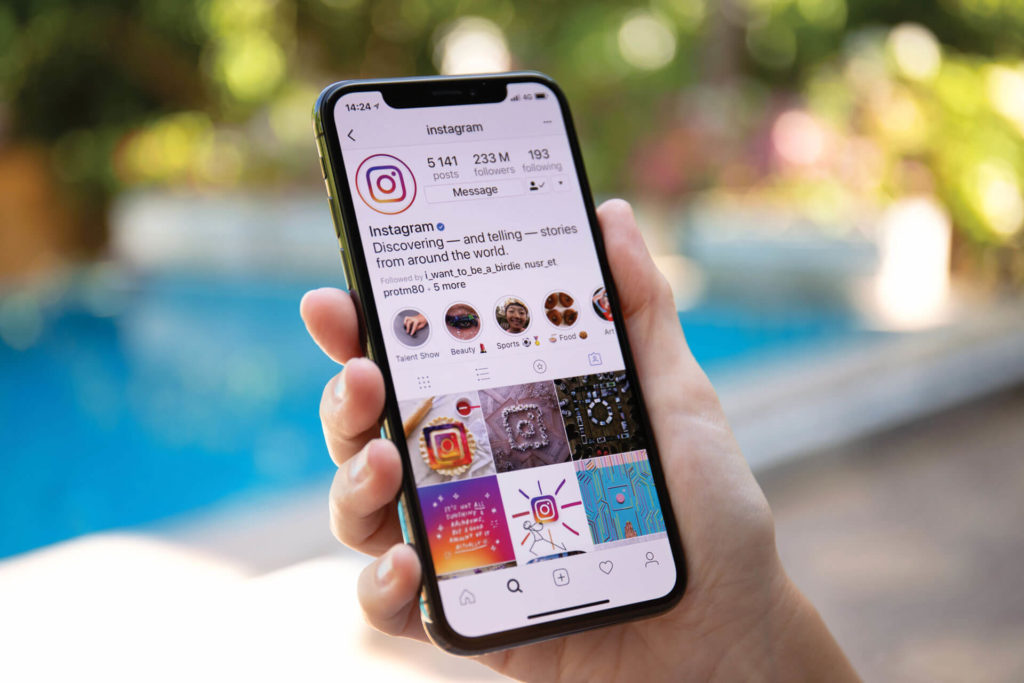 Since Facebook owns Instagram, the two platforms are connected for users and advertisers. A strong Instagram marketing agency will deploy the user data your brands collected on Facebook for more effective targeting on Instagram. They should also integrate your ad campaigns on both platforms and use the insights from both to tailor the strategies for each individual platform.
Since Facebook owns Instagram, the two platforms are connected for users and advertisers. A strong Instagram marketing agency will deploy the user data your brands collected on Facebook for more effective targeting on Instagram. They should also integrate your ad campaigns on both platforms and use the insights from both to tailor the strategies for each individual platform.
One of Instagram’s greatest advantages is that it’s cost-effective and accessible for smaller or newer brands who need to maximize their marketing budgets. Instagram allows you to set either a daily or lifetime budget for your campaign to ensure that you don’t overspend. You can pay as little as $0.20 per click for an advertisement. and about $6.70 for every 1,000 impressions, or CPM. According to WebFX, Instagram advertisements have clickthrough rates 2.5 times greater than on other social media networks, making your ad budget money well spent.
How to Effectively Advertise on Instagram?
Advertising on Instagram can be effective, but that’s not a given. What are some best practices to keep in mind? Here are a few:
- Consider which ad formats will serve you best and stick with them. Instagram offers several types of advertisements through multiple features, including photos, Stories, videos, Carousels, Explore, IGTV, and Instagram Shopping. Photo ads are the most common type on the platform, appearing on a user’s feed as they scroll through posts from their friends and who they follow.
- Story ads allow businesses to take advantage of the Instagram Stories feature. Your story ad will appear among these posts, allowing users to swipe up for more information about your product or offer. If you anticipate your target audience responding to interactive ads, using the Stories feature could be the way to go.
- While Instagram was initially a photo app, more and more Instagram users are interacting with videos. According to Sprout Social, videos have the third-highest engagement rate of all Instagram content behind photos and Carousel. Video ads can appear in the same places as photo ads: in feeds, stories, and on Instagram TV.
- Carousel ads include multiple pictures within the same post to give the viewer more information about the product or offer. The viewer can scroll through three or four images to increase engagement time and the likelihood of a click-through. Carousel ads are even more flexible than straight video or photo posts because you can combine the two — a recent study found that Carousels combining video and photo content have the highest engagement rates per post of all post types, at 2.33%.
- The Explore tab on Instagram allows users to view posts from accounts they aren’t following. It’s populated with posts and accounts likely to appeal to the user based on their interests and the accounts they follow. According to Instagram, 83% of users discover new products or services through this tab, making it an outstanding ad format for finding new audiences looking to expand their horizons. Advertising through the Explore tab could be effective in introducing your brand to a new target audience or segmenting your existing audience.
- Instagram TV, or IGTV, was launched in 2018 as a space for users to post longer videos. Verified users can post IGTV videos up to an hour long, while regular users can post IGTV videos up to 10 minutes long. This is a great way for brands to expand their content on this single platform instead of switching to a more video-based platform like YouTube.
- There is now a separate “shopping” tab on Instagram for users looking to make a purchase. Shopping ads are ideal for reaching people actively browsing for the products you’re selling. In addition to the actual shopping tab, you can “tag” shoppable items in your ads that take people to its product page — making it easy for you to turn an ad viewer into a customer.
Building Your Instagram Ads Strategy
With a ton of options to choose from and even more budget strategies to use, how can you determine which advertising formats are best suited for your business? A smart Instagram advertising agency will help you choose the type of advertisement based on your overall campaign goals. They’ll also help you utilize and incorporate different kinds of Instagram advertisements for a comprehensive and cohesive strategy.
- Set up your Instagram Business profile so users can contact you directly. This also gives you access to “Insights,” where you can view detailed and valuable information about the impressions, engagement, and reach of all your posts. An experienced agency will parse this data for the signals most impactful to your bottom line and continuously improve your ad strategies with rampant creative testing.
- Make sure all your content includes a clear call to action, and the more personalized the better. Your agency will make sure your ads direct customers to purchase, download content, or sign up for alerts depending on your campaign’s objectives. According to Hubspot, ads with personalized calls to action perform 202% better than ads with basic calls to action.
- Promote previously successful organic posts as paid ads. The agency should go through your feed and pick the posts with high engagement — those with the most likes, comments, shares, saves, and views. If it’s already proven effective as a post, chances are it’ll make an effective ad (so long as your Instagram ad agency serves it to the right audience).
- Partner with influencers. These Instagram users have a platform with followers who trust them when it comes to product recommendations. They may have cultivated a specific niche following or have a large brand that reaches a broad audience. So how do you break in with influencers who likely have several companies vying for their partnership? How do you know which influencers you should even be trying to partner with in the first place?

An agency that has existing relationships with influencers makes a huge difference in getting your product out to the right audience. They’ll make sure your influencer partners align with your brand values and provide the right balance of influencers with a large following or with a more targeted audience. Instead of vetting each influencer yourself, leave it to your agency to find your best brand ambassadors.
Why Use an Agency to Advertise on Instagram?
A lot goes into effectively advertising on Instagram, and it’s difficult to manage on your own. Managing your Instagram campaigns can seem like a full-time job. Working with experts who know all the ins and outs of this platform can take some of the weight off your shoulders.
Partnering with an Instagram advertising agency can be the missing piece of a lagging marketing strategy. They’ll provide strategies and creative content you never even considered and tackle roadblocks before they occur.
An agency shouldn’t feel like an unnecessary added cost. They should be a valuable business partner to help you along your journey. When The Snow Agency helped Alpha Clothing Co. monetize its already loyal following on social media, we focused on doing just that. We identified potential customers already engaging with the brand to drive purchases and website visitors. The Snow Agency developed a customer profile and created engaging content that ultimately generated sales.
What to Look for in an Instagram Advertising Agency?
Not all Instagram advertising agencies are created equal. You should never feel like they’re doing the bare minimum and you’re handling the heavy lifting. The right agency will take everything off your plate and leave you with the peace of mind that they’ve handled everything.
So what does a complete and effective Instagram ad strategy that seamlessly incorporates every aspect of your brand’s Instagram advertising look like? Here’s what to expect when working with an Instagram ad agency:

- Campaign goals: There are several different objectives you may want to focus on, such as sales, brand recognition leads, conversions, website traffic, and engagement. Starting with a clear goal like one of these identifies the best key performance indicators (KPIs) for your campaigns.
- Audience targeting: Think about who you want to target with your content on Instagram and take advantage of their granular targeting mechanisms. Instagram offers tons of actionable information about your audience to your business, and your agency must leverage them to effectively connect with your target audience.
A strong agency will have a nuanced understanding of how to deploy a variety of campaigns and targeting levers to place your brand’s ads and posts perfectly and not a waste of your ad spend. Our team has driven over $250m in revenue for our clients using Instagram and other platforms to find the users who convert into customers. - Content creation: Once you have your target audience in mind and know how to reach them, your agency should produce engaging content that appeals to those specific audiences. You want your content to stand out on users’ feeds as they’re scrolling, whether it’s compelling, funny, or fascinating. Appealing colors, eye-catching graphics, and creative videos make a positive impression on your audience, leading to increased engagement and revenue growth,
- Monitor effectiveness: The work isn’t over now that your campaign is running. Your Instagram agency should monitor the campaign’s effectiveness by collecting and analyzing relevant data points so none of your ad spend is wasted.
No campaign goes 100% perfectly, but a good agency will provide the reporting to identify new strategies, the agility to adapt and improve fast, and the transparency to show you exactly what to expect with these updated strategies.
The Wrap Up
Working with an agency to advertise on Instagram is key. The right partnership and investment can end up making you a lot of money in the long run by getting the right content to the right people. These tactics and strategies have made our clients over $250 million in revenue, and we’re happy to talk more about them when you contact us for your free consultation.
Sources:
What you should know about marketing to millennials and Gen Z | Biz Journals
How to Create an Instagram Business Profile | business.com
How to Define Your Target Market | Inc.com
Instagram: distribution of global audiences 2021 | Statista
Youth Statistic: Internet and Social Media | Act For Youth
How Much Does It Cost To Advertise on Instagram | WebFX
Instagram Carousels Are the Most Engaging Post Type | Search Engine Journal
22,360,021 Posts Show What Top-Performing Carousel Posts Look Like
Personalized Calls to Action Perform 202% Better Than Basic CTAs
